It's soon to be summer, bringing with it longer days and scorching heat. It is easy to look at the spring blooms and believe that the garden is well taken care of, but you would be surprised to see how fast your lush, beautiful greenery can transform into wilted, dried leaves with a huge burst of weeds.
Seasons change and with it changes plant behavior. While spring is the growing season nourishing the plants, summers usually cause heat stress and lack of sufficient water, making it all the more important to prepare your plants beforehand.
Summer Tips to Help Your Plants Through This Season
Early to Rise, Early to Water | Protect with Mulch | Throw Some Shade | To Water or Not to Water | Weeding Out the Weeds | Befriend a Tall Plant | Repotting is a No-No | Calm Down with the Fertilizers | Look for Early Signs of Stress | Free-Flowing Water | Planter Recommendations
1) Early to Rise, Early to Water

It's best to get to your garden to water your plants early in the morning before the sun is on full power mode. If you wait till midday or even early afternoon, the heat will induce evaporation before the water gets a chance to reach the roots. If early morning watering is not possible, then you could try watering in the evening before the sun sets.
(back to top)
2) Protect with Mulch

Adding a layer of light mulch over your soil will help the soil in retaining moisture. The mulch acts as a barrier between the harsh sunlight and the moist soil. You could use grass clipping, bark, or wood mulch which can all break down over time and act as compost for the soil.
(back to top)
3) Throw Some Shade

Wood lattice, old sheets, garden shade cover, or window screens can all be used to act as protection from direct sunlight. Anything that can block about 50% of sunlight can be used as a good cover. Keep in mind to place the covers several inches above the plants, so that they don't obstruct plant growth.
(back to top)
4) To Water or Not to Water

The dry heat can scare us into believing that our plants need more water than usual, which is usually not the case. As long as the soil is moist, your plants are getting their water needs fulfilled. Overwatering can lead to root rot and other diseases, so no matter how hot it gets, resist the urge to water your plants unless the soil is dry.
(back to top)
5) Weeding Out the Weeds
Summer is the season when the weeds come out to play, so don't forget to weed your garden regularly. Weeds are notorious for stealing the nutrients and moisture needed for your precious plants, so go at them at least once a week, to ensure your plants are well-protected.
(back to top)
6) Befriend a Tall Plant
Click on the image to buy
Consider planting big, hardy plants next to smaller, delicate plants, so that they can provide shade to the little ones, protecting them from intense sunlight and helping to keep the soil moist. Also, large trees can provide a source of nutrients for the smaller plants through a process called nutrient cycling, in which nutrients from the leaves and branches of the large trees fall to the ground and are taken up by the smaller plants.
(back to top)
7) Repotting is a No-No

It is generally not recommended to repot plants during a heat wave because the high temperatures and direct sunlight can put the plant under stress. When a plant is repotted, it is already going through a period of stress as it adjusts to its new pot and soil. Adding the stress of high temperatures and direct sunlight can further damage the plant and make it more difficult for it to recover. Not only that, but the soil in a pot can dry out quickly during a heat wave, making it difficult to properly water the plant after repotting. It's best to wait for more moderate temperatures before repotting a plant.
(back to top)
8) Calm Down with the Fertilizers

High temperatures and direct sunlight can cause the fertilizer to break down and evaporate quickly, making it less effective for the plant. Also, when a plant is already under stress from the heat, it may not be able to effectively absorb and utilize the nutrients from the fertilizer. This can cause the fertilizer to build up in the soil, potentially leading to fertilizer burn or other problems. It's best to fertilize during the spring season, or when the weather cools down a bit.
(back to top)
9) Look for Early Signs of Stress

Scorched leaves, discoloration, brown/yellow patches on leaves, wilted leaves, and pale leaves are all signs of too much heat and too little water. Do keep an eye out for these signs as it is easy to treat if you catch the symptoms early.
(back to top)
10) Free-Flowing Water
It is usually common for people to over-water their plants when the heat is high, which then leads to standing water. Standing water can create a breeding ground for mosquitoes and other pests, which can be a health hazard. It can also lead to the development of mold and mildew, which can damage plants and create an unpleasant odor. Roots tend to get suffocated and waterlogged if there is too much water in the soil, so no matter how hot it gets, only water when the soil feels dry to the touch.
Taking care of your plants during the summer can be a bit of a challenge, but with a little bit of extra attention, you can keep them looking healthy and happy. Remember to keep an eye out for signs of heat stress, such as wilting or leaf scorch, and take steps to protect your plants from the sun, such as providing shade or moving them to a cooler location. Water your plants regularly and deeply, but be mindful of not over-watering, as it can lead to root rot. And if you're thinking about repotting or fertilizing, it's best to wait for cooler weather. With a little bit of care and lots of love and attention, your plants will make it through the summer and come out even stronger on the other side. Happy gardening!
(back to top)
Recommendation for Your Indoor Plants
Discover more planters for your Indoor Plants

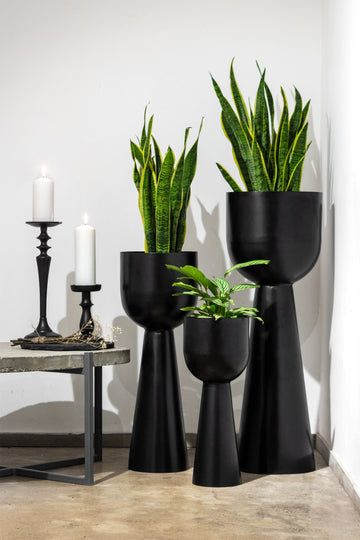

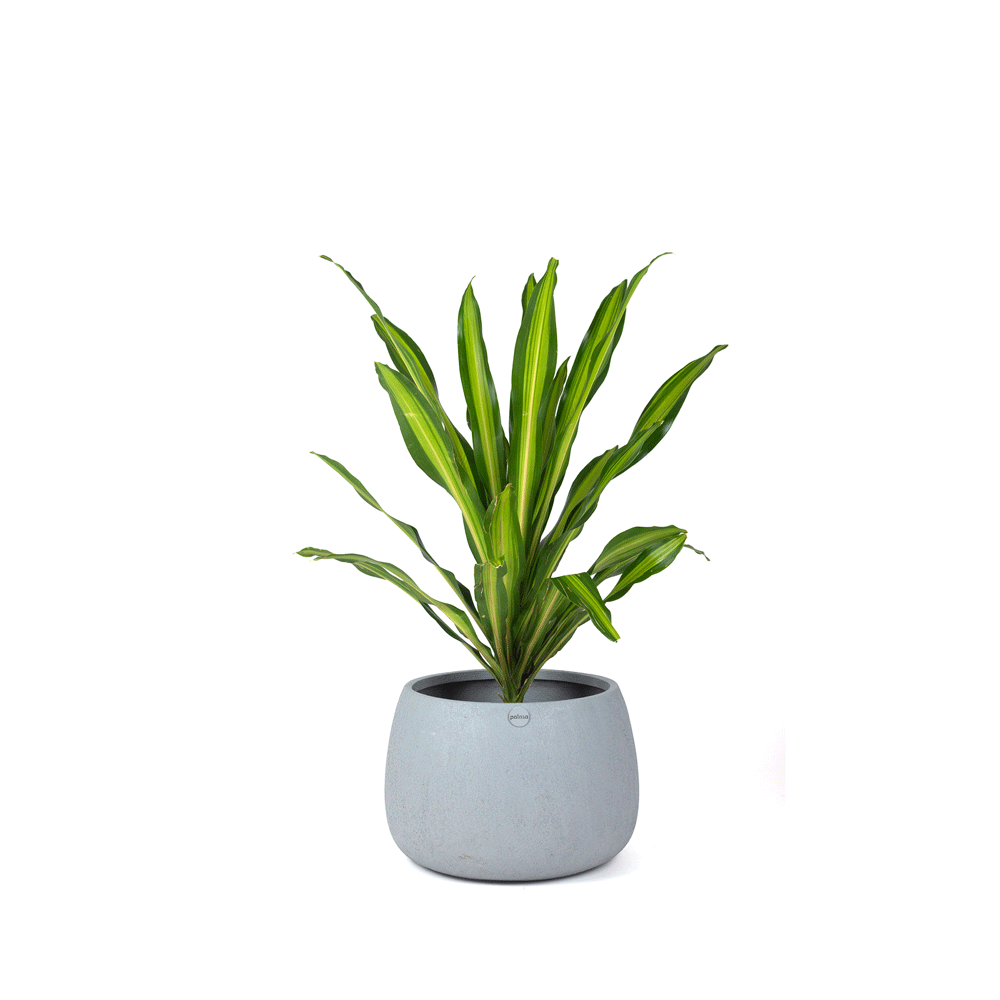
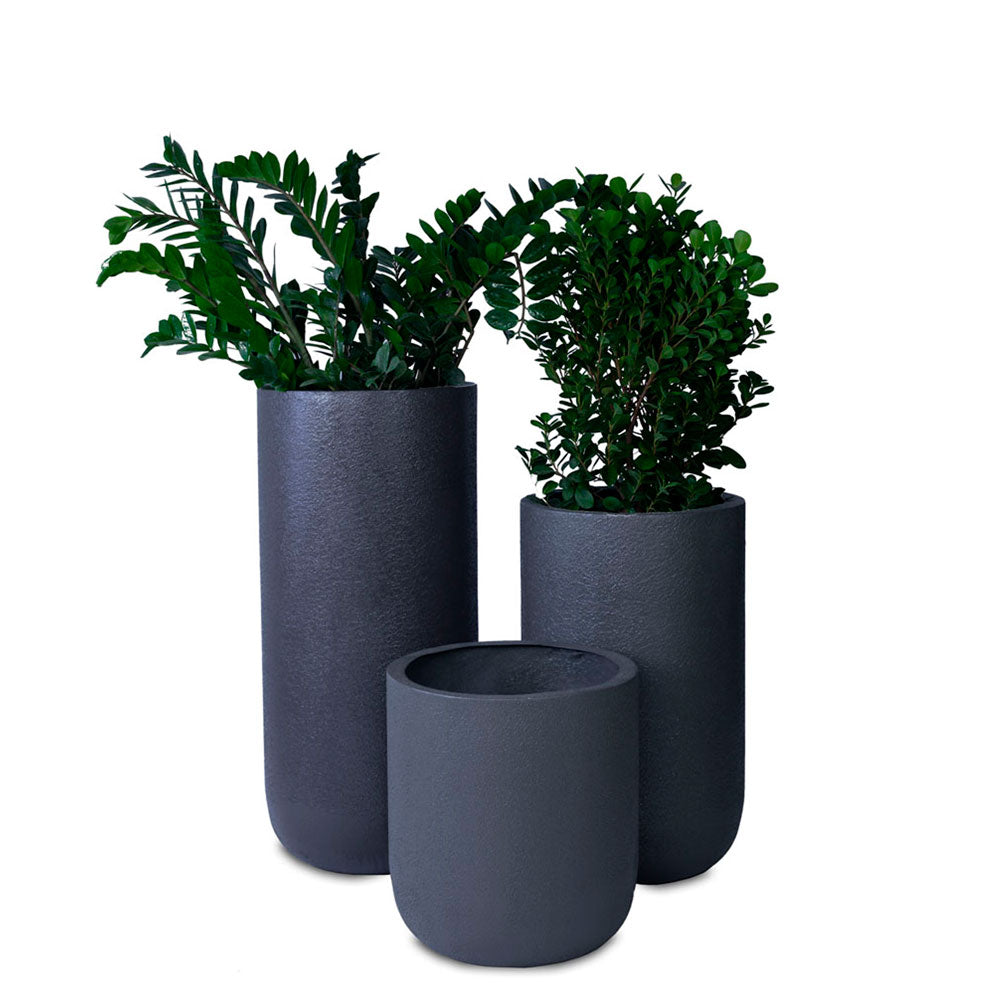
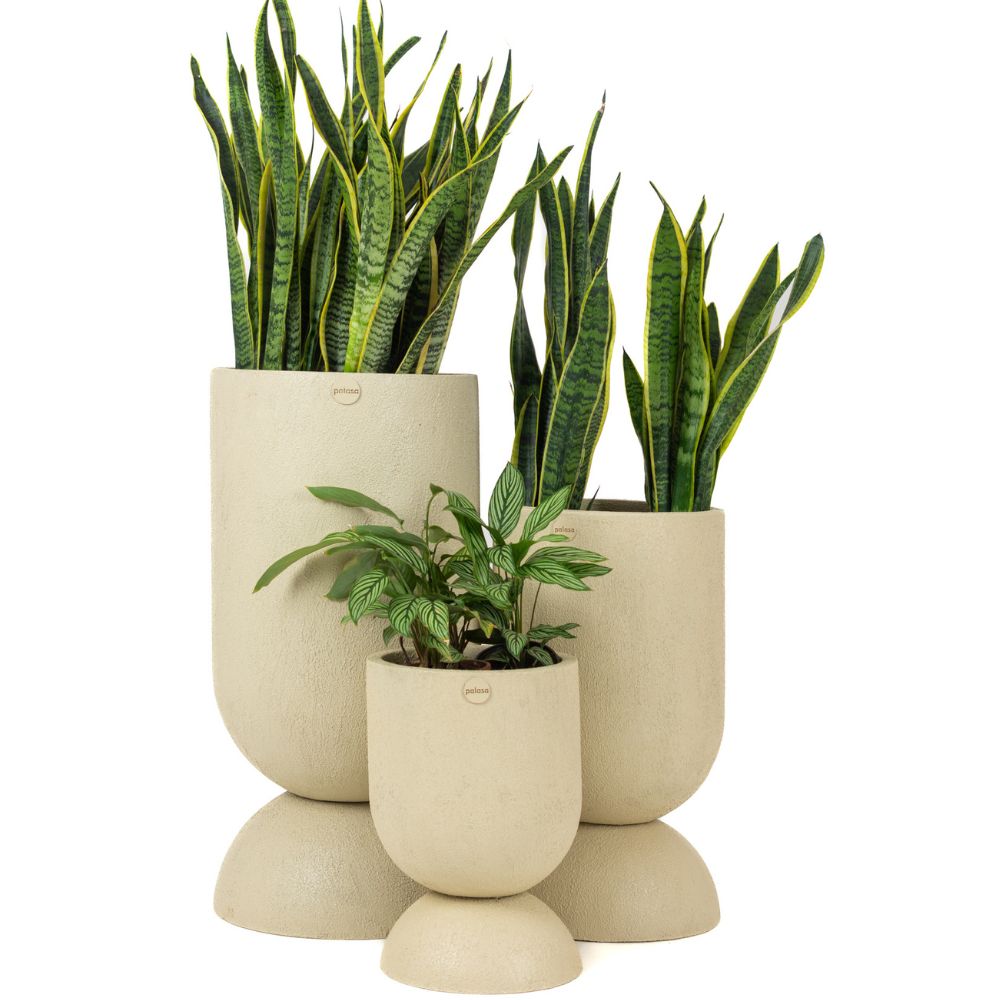
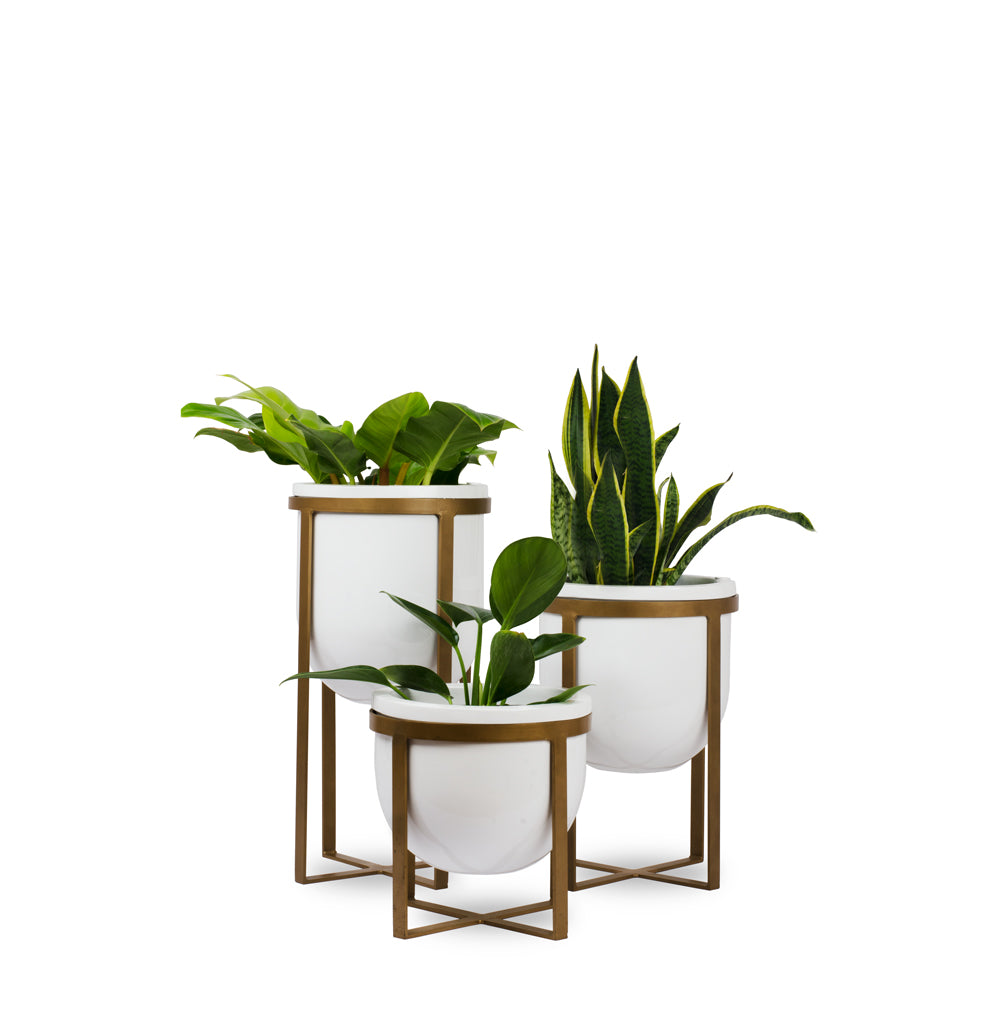

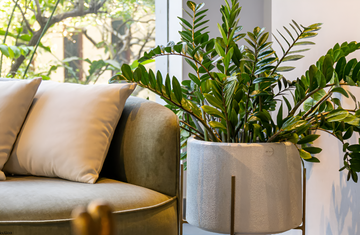


 At Palasa, we believe in the seamless fusion of nature, design and humanity.
At Palasa, we believe in the seamless fusion of nature, design and humanity.